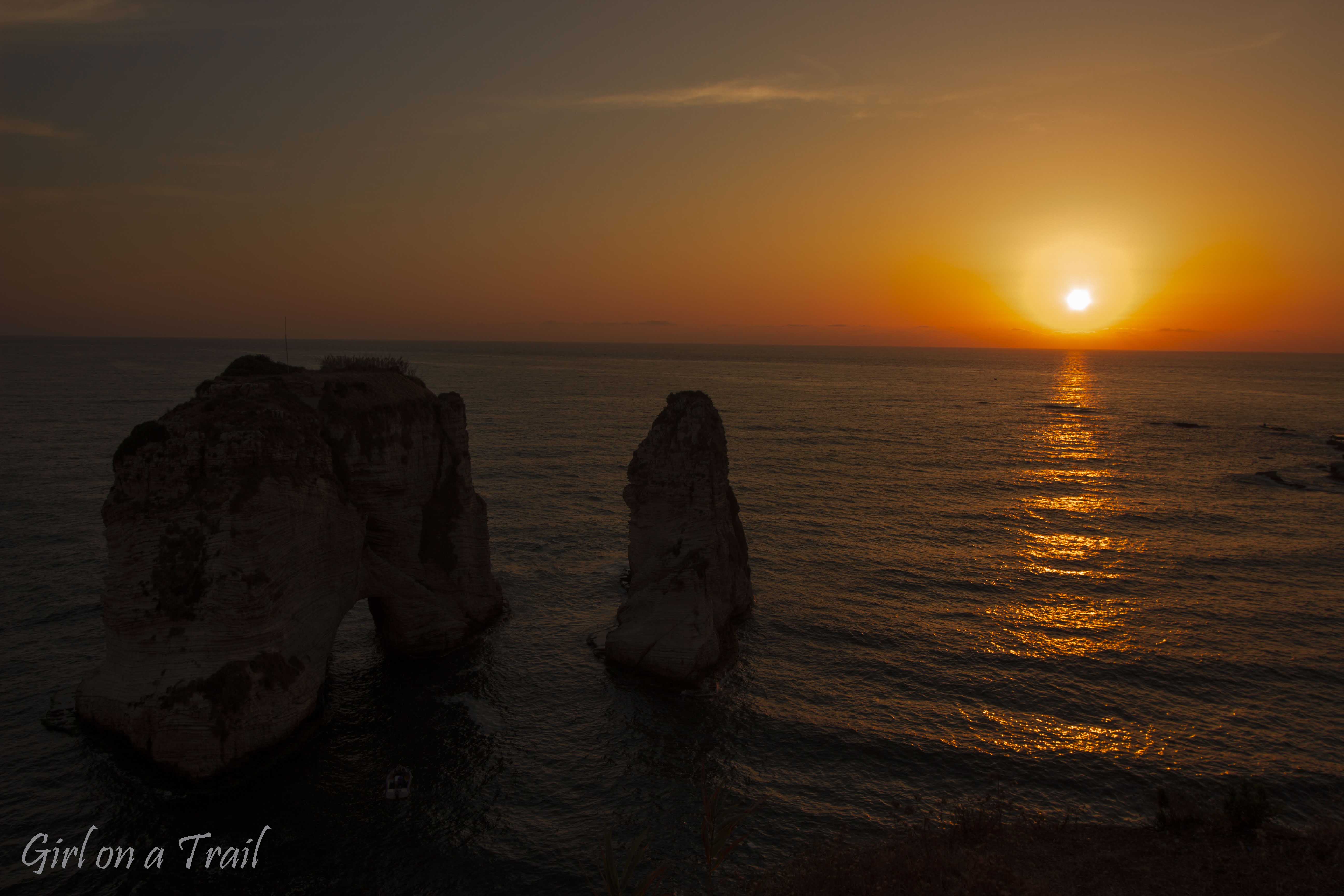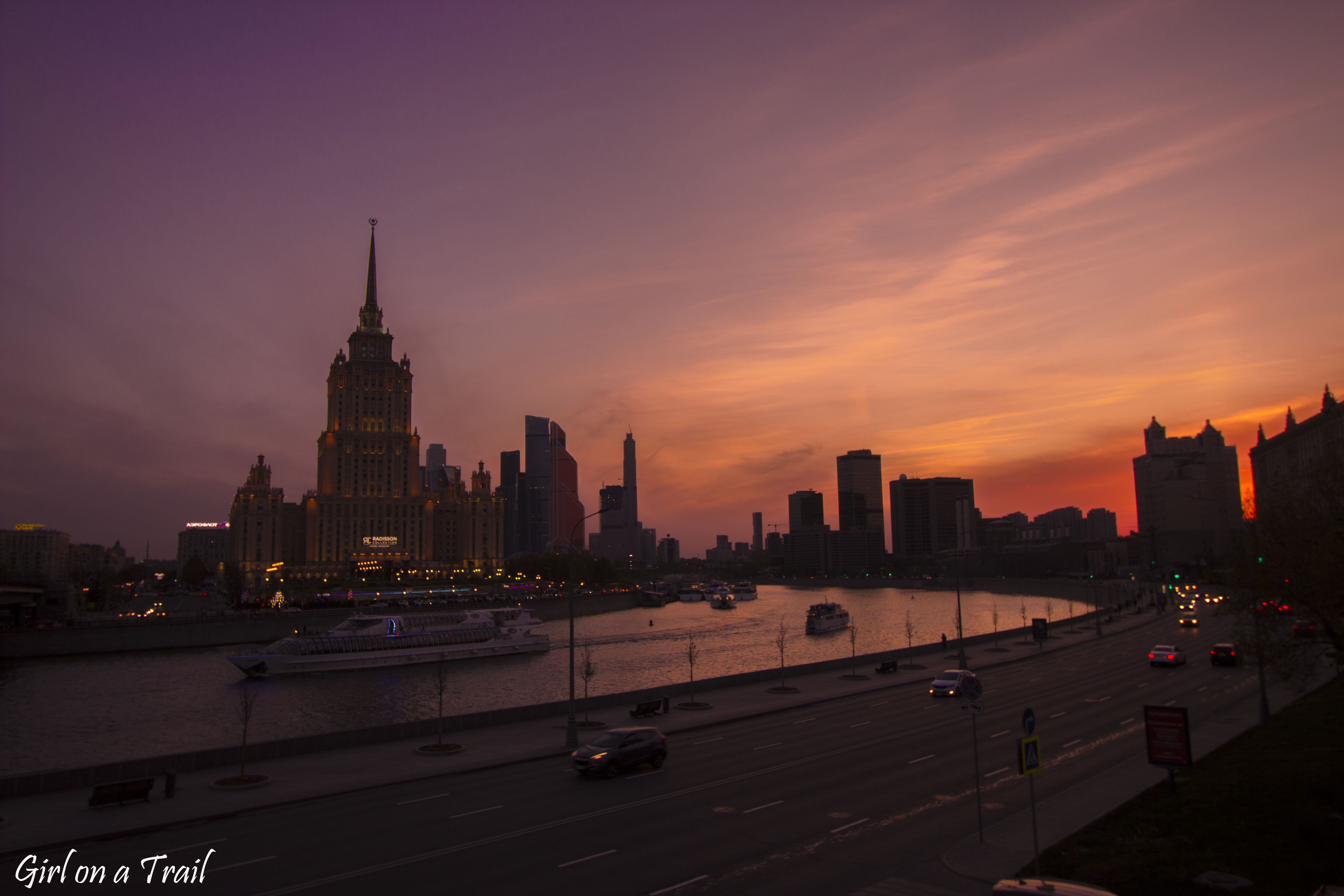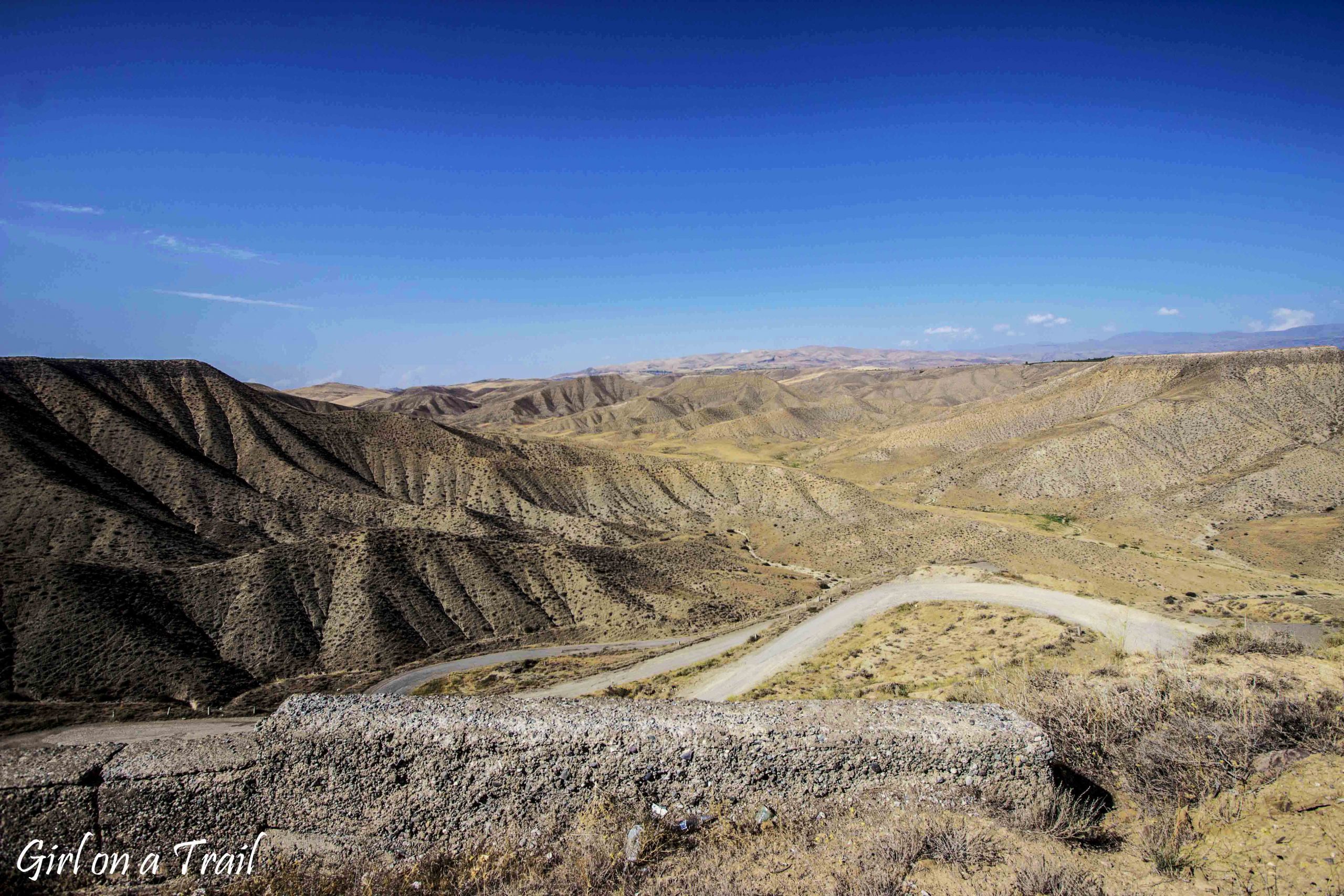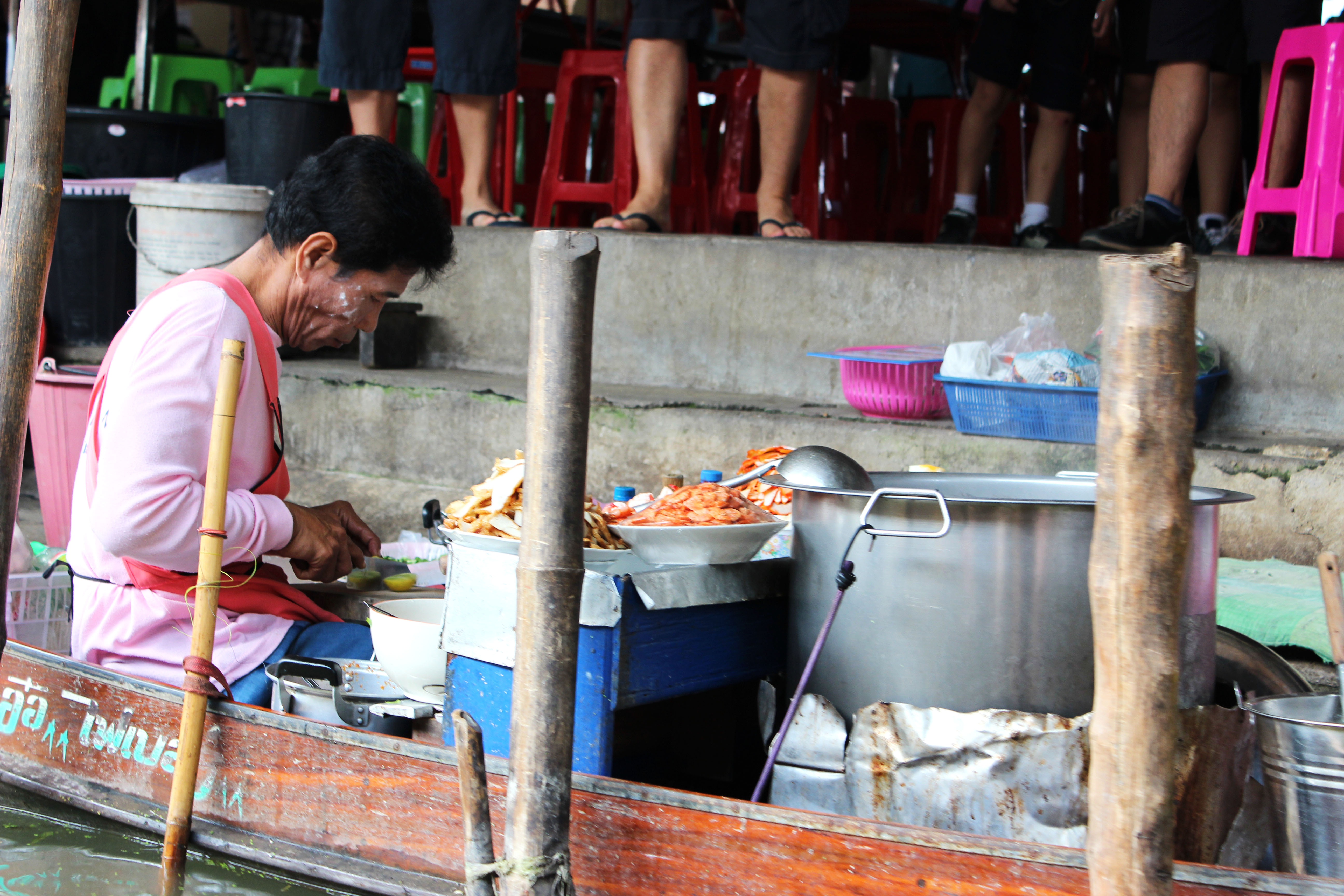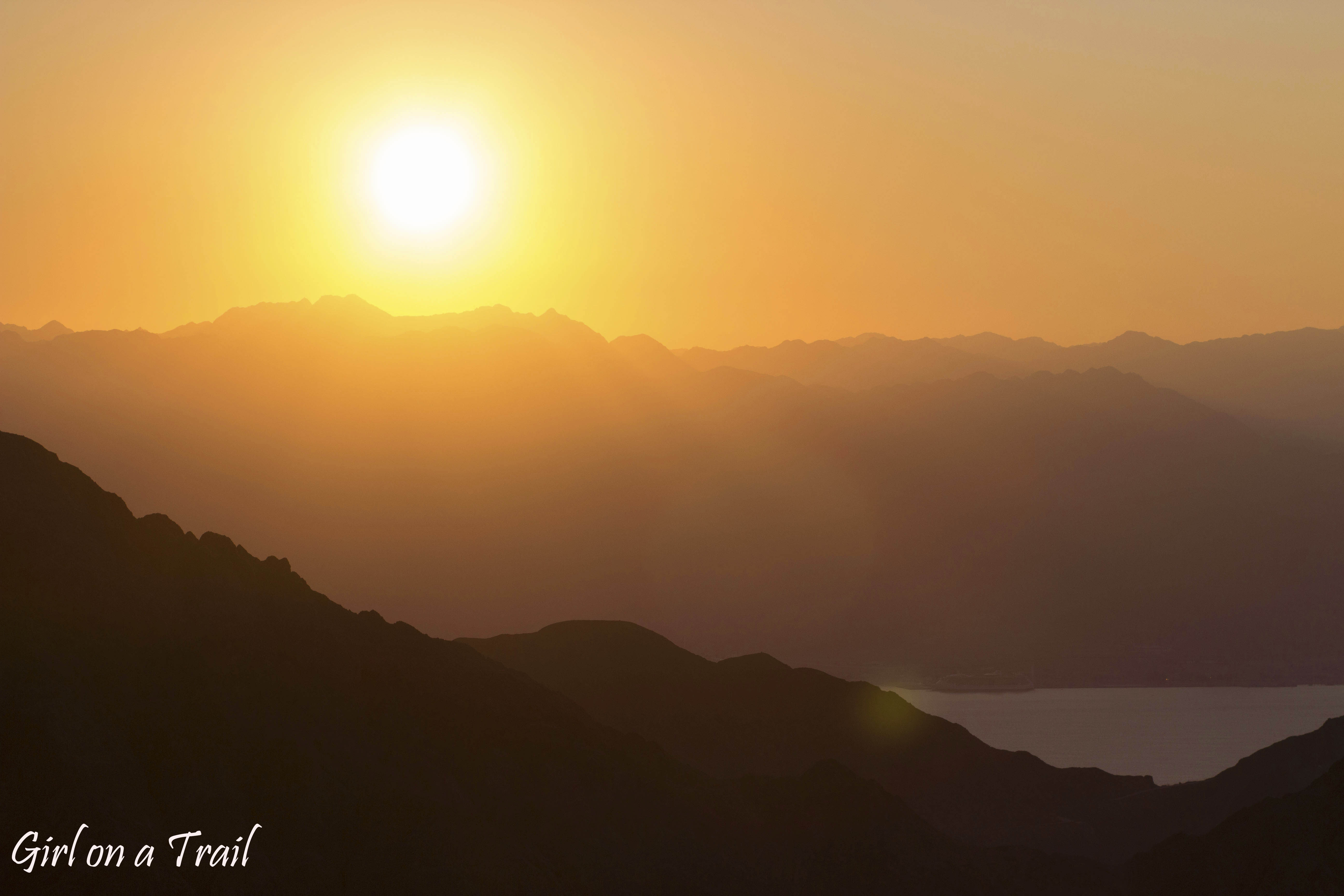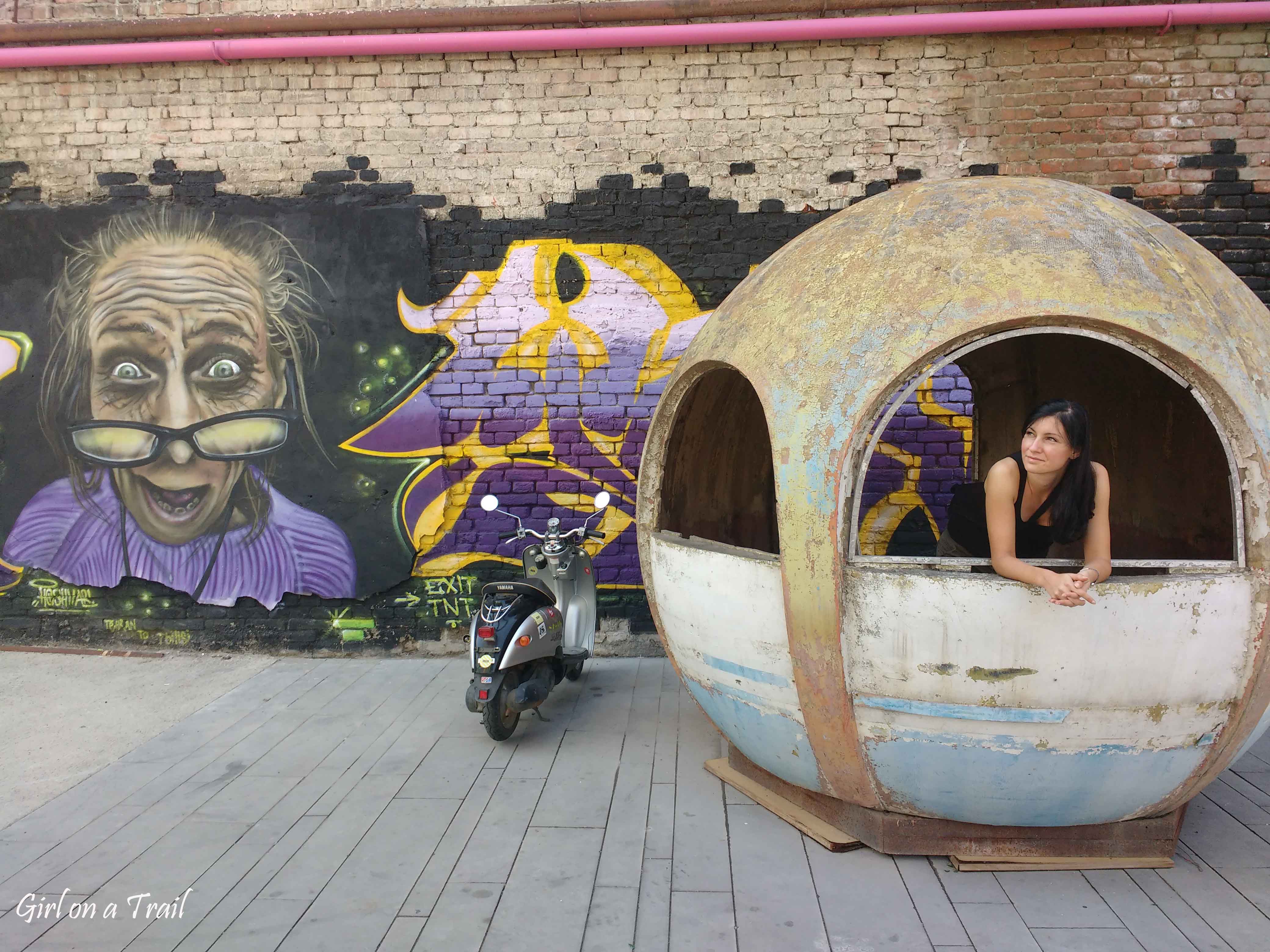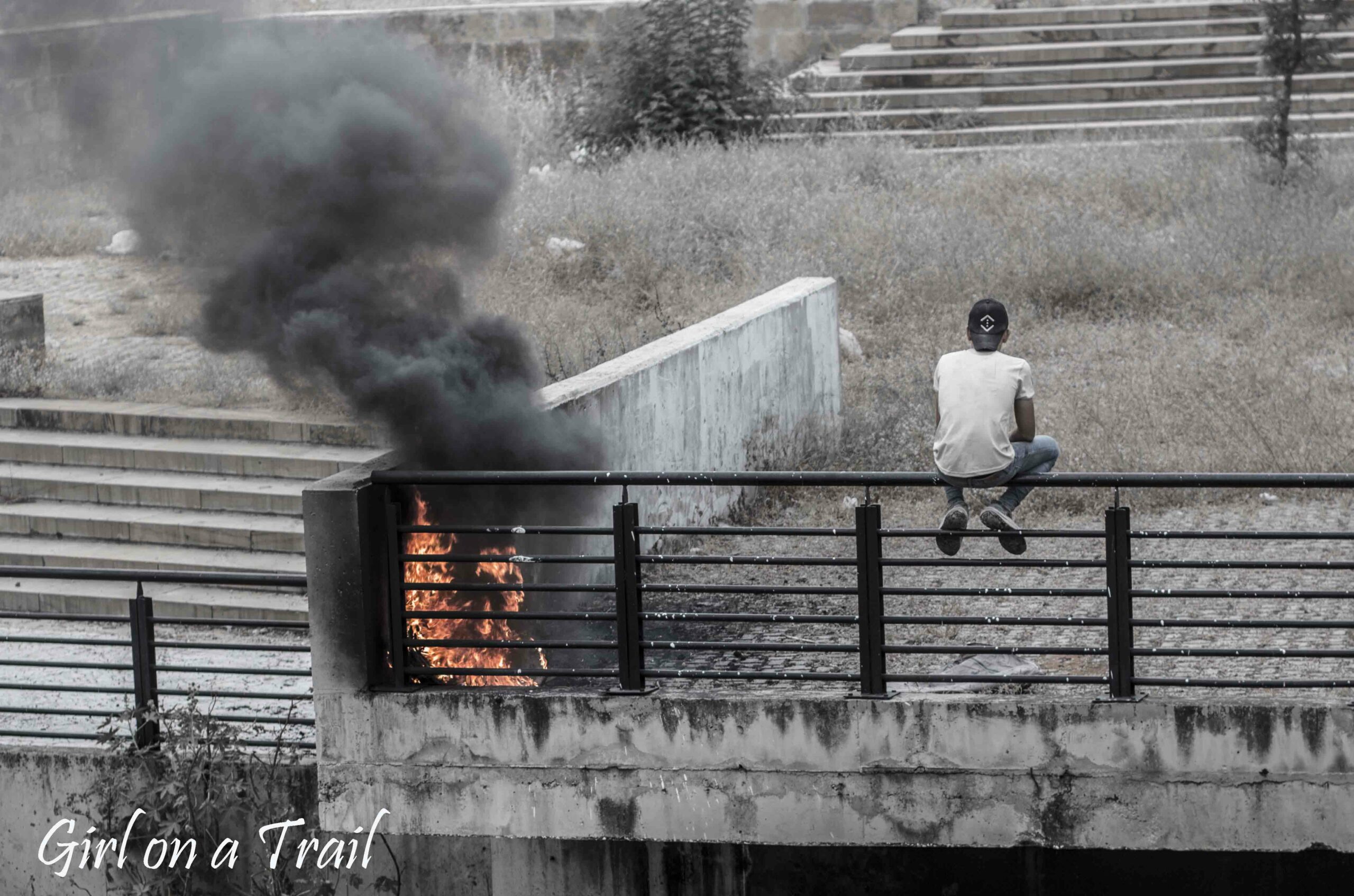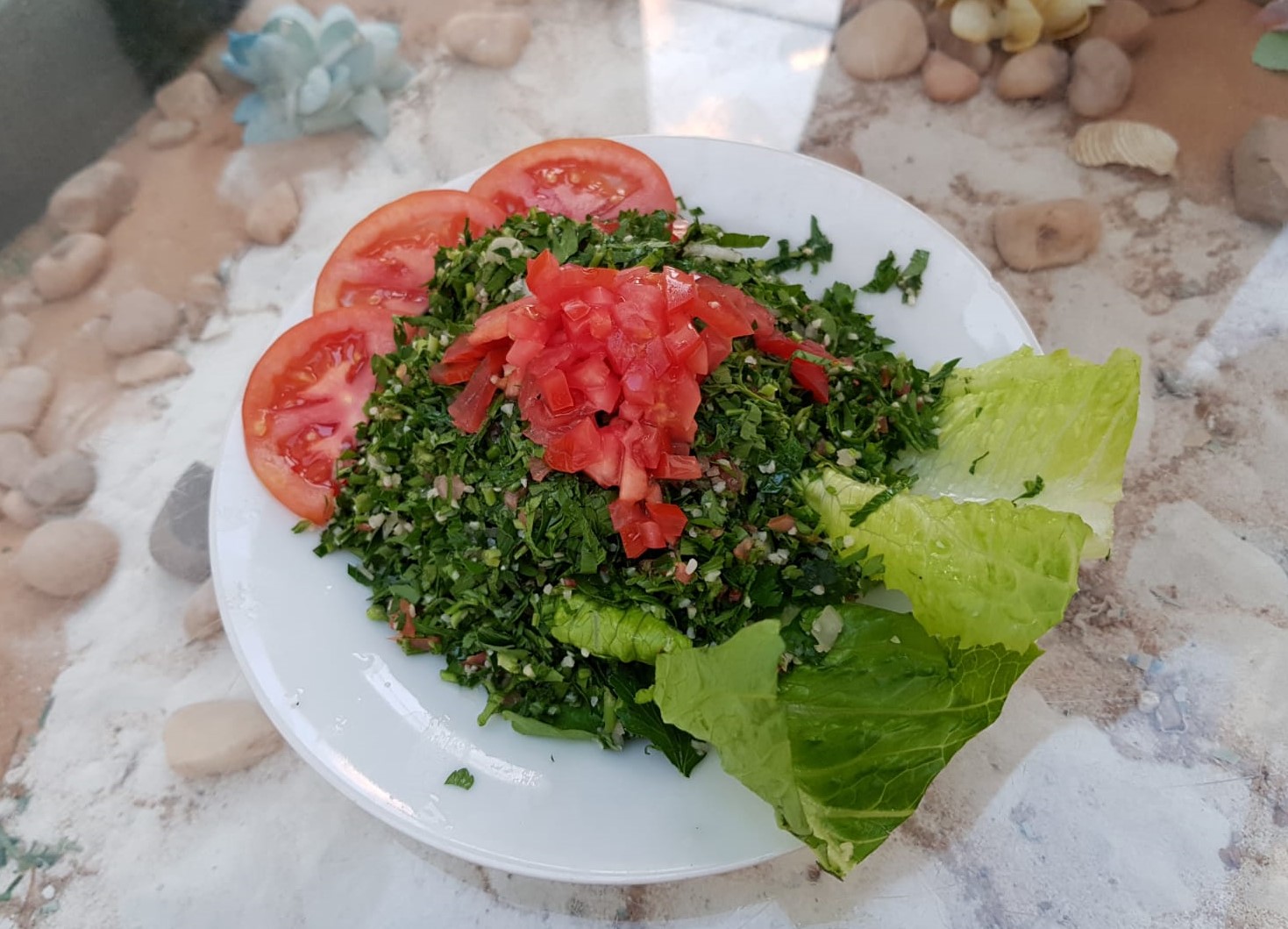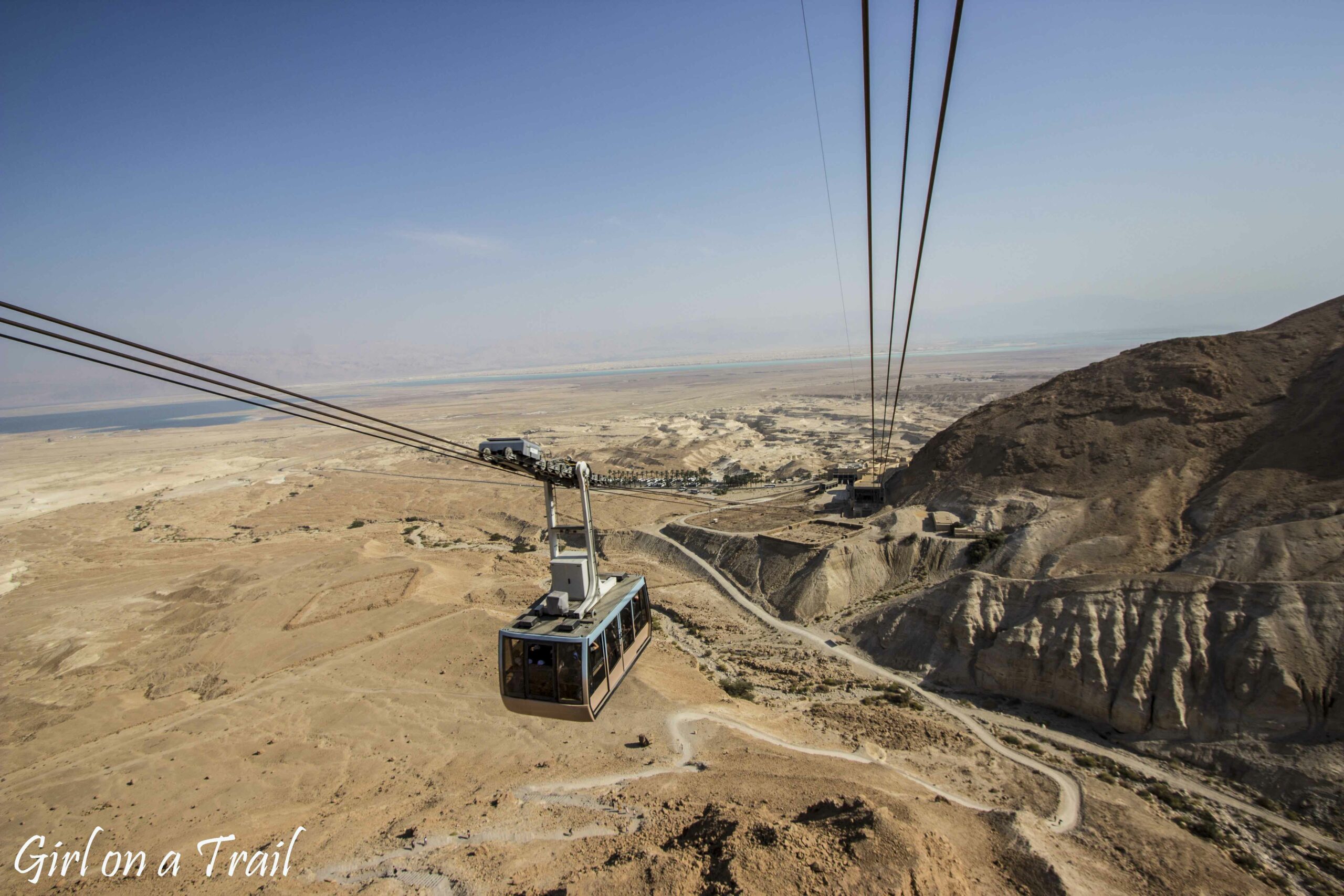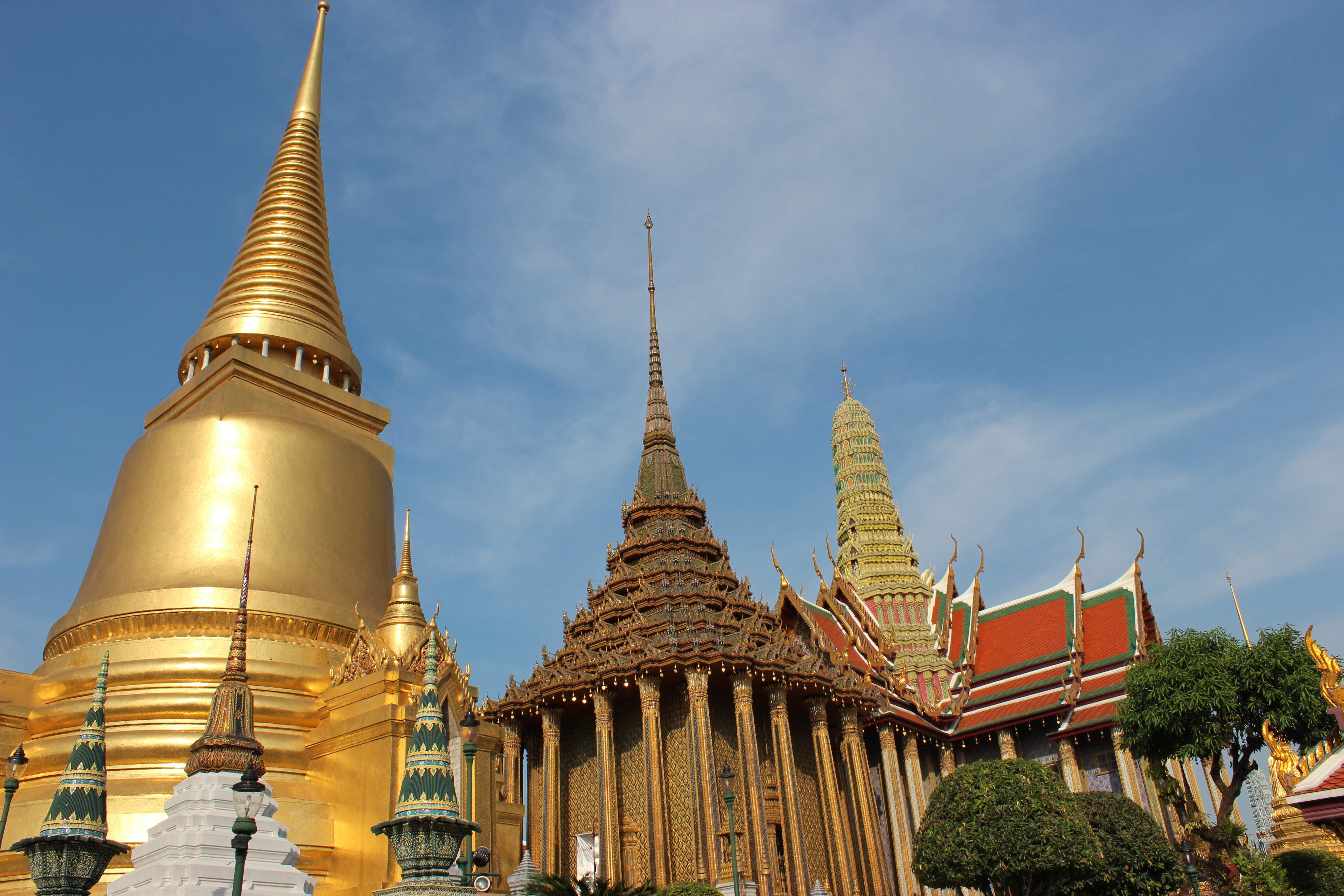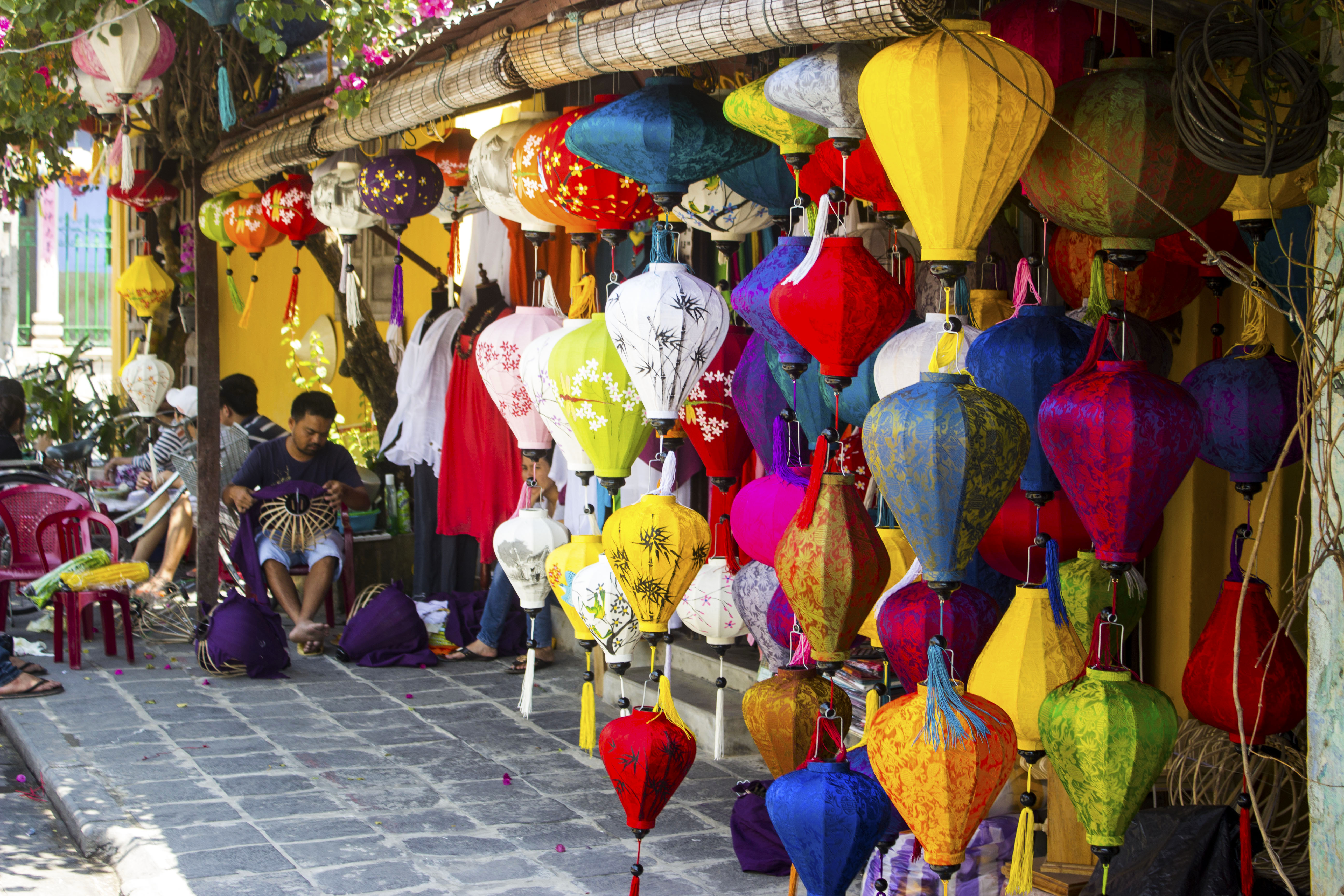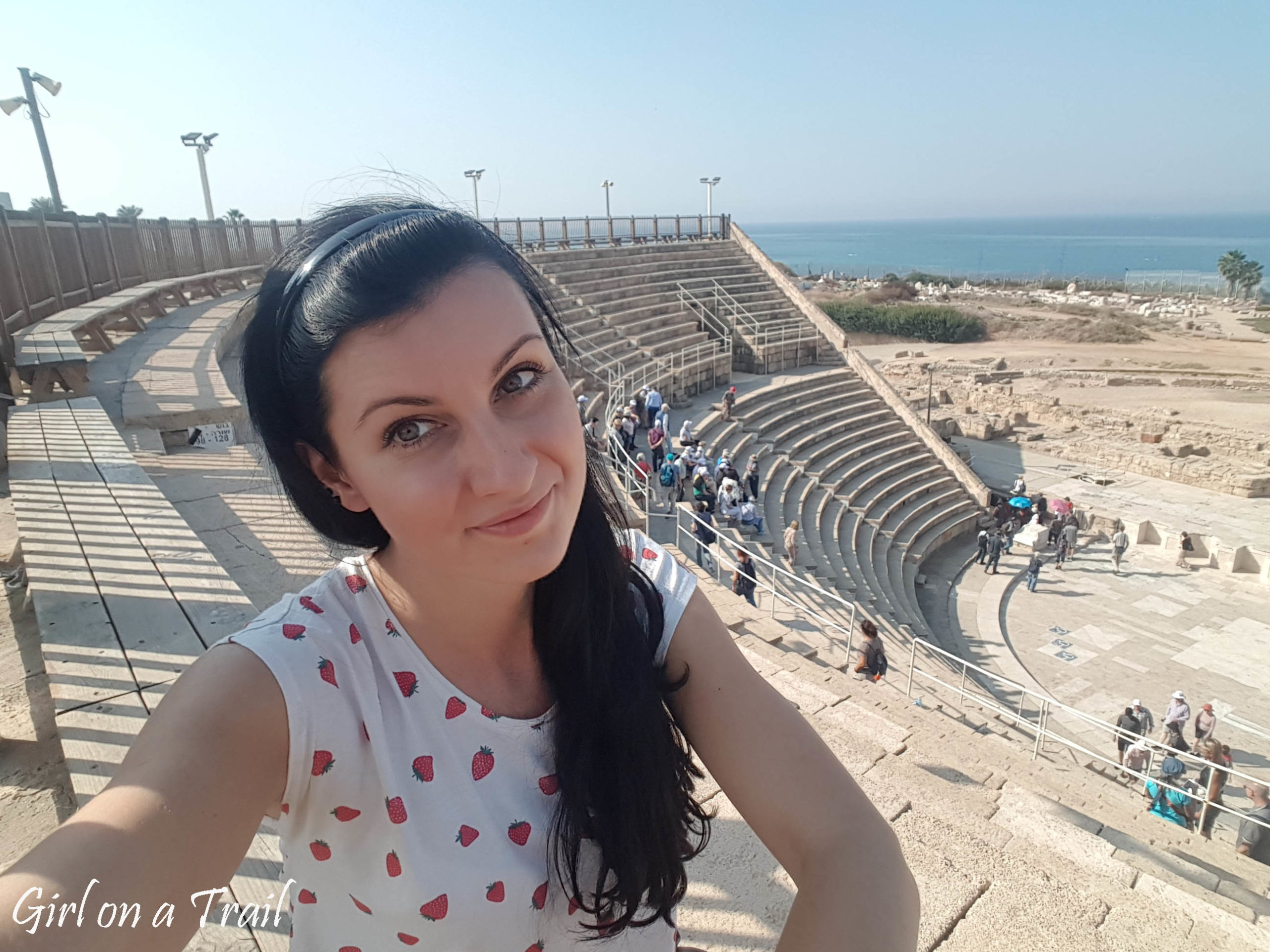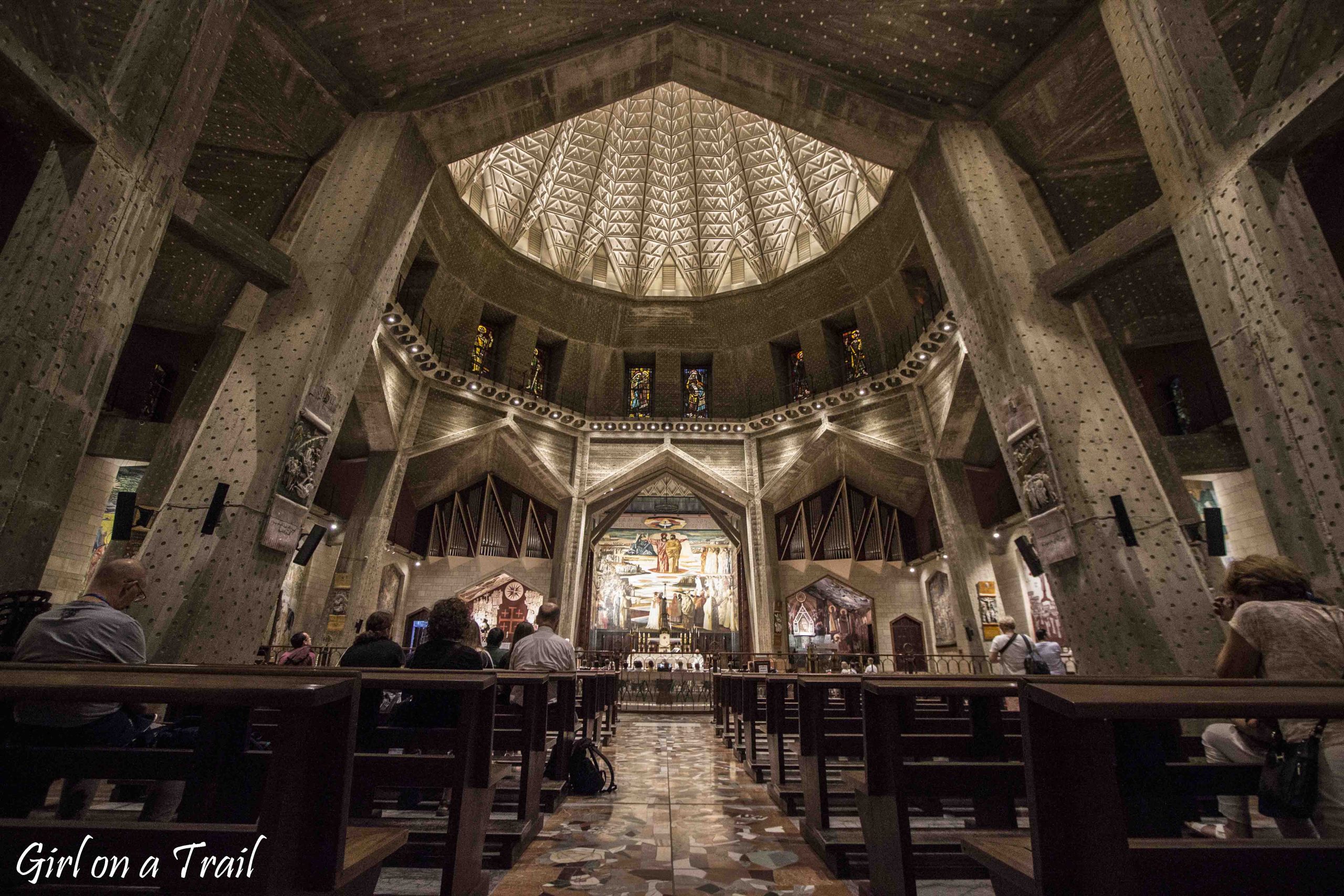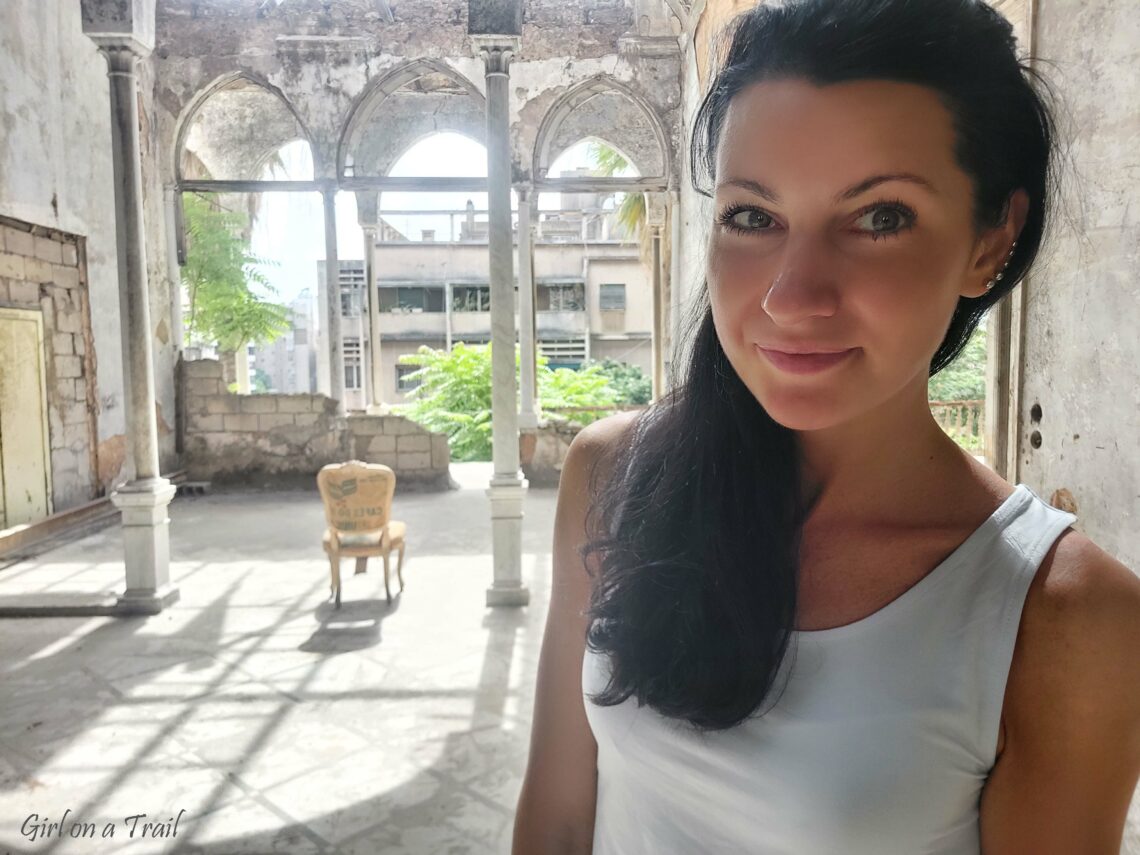
Beirut – a city like a phoenix from the ashes
Beirut was on my mind for a very long time. I have been interested in the geopolitics of the Middle East for years, so a visit to Lebanon was a natural consequence of that. However, there was another reason that may seem quite strange. I can’t explain it, but every time I hear the names of certain cities, I get chills. Until recently, I thought this fascination was something bizarre. After all, justifying a trip to a place just because of its name, doesn’t sound very inspiring. Fortunately, I am not an exception, some time ago I read Radek Sikorski’s book “Ashes of Saints, Wartime Afghanistan”, in which he wrote about Kandahar: “there are words that fascinate with their very sound and evoke strange associations, dormant in the deepest layers of our subconscious”. Kandahar…, I must admit that the name of this city evokes similar emotions in me 😉 Beirut, on the other hand, has long attracted me with its multiculturalism, diversity, history and, above all, complicated political situation. It was the complicated political situation that caused many people to advise me against traveling to this place. I was presented with many chilling scenarios of my trip: terrorist attacks, theft or kidnapping. I really, really don’t like it when someone tries to dissuade me from my intended plans. However, it was settled , the tickets were bought, I felt in my heart that Lebanon was a completely different place, that I had to change the way this country is perceived. Besides that, I had to go there in the teeth of everyone’s opinion. 😉
Effect? I came back safe and sound, and even more, nowhere else have I met so many kind and open people. It seems to me that it is a matter of the hard experience of this country, which, despite many obstacles, is still trying to keep its head above water. The paradox of Lebanon is that it is an open country, and at the same time very divided. For years, Lebanon has been a place of asylum for many refugees. Once a large number of Palestinians came here and now it’s estimated that a quarter of the total population of Lebanon are refugees from Syria. Lebanon was also a place of refuge for many Polish civilians who left the Soviet Union with the Anders Army. There is also a Polish cemetery in Beirut, which was established just after World War II.
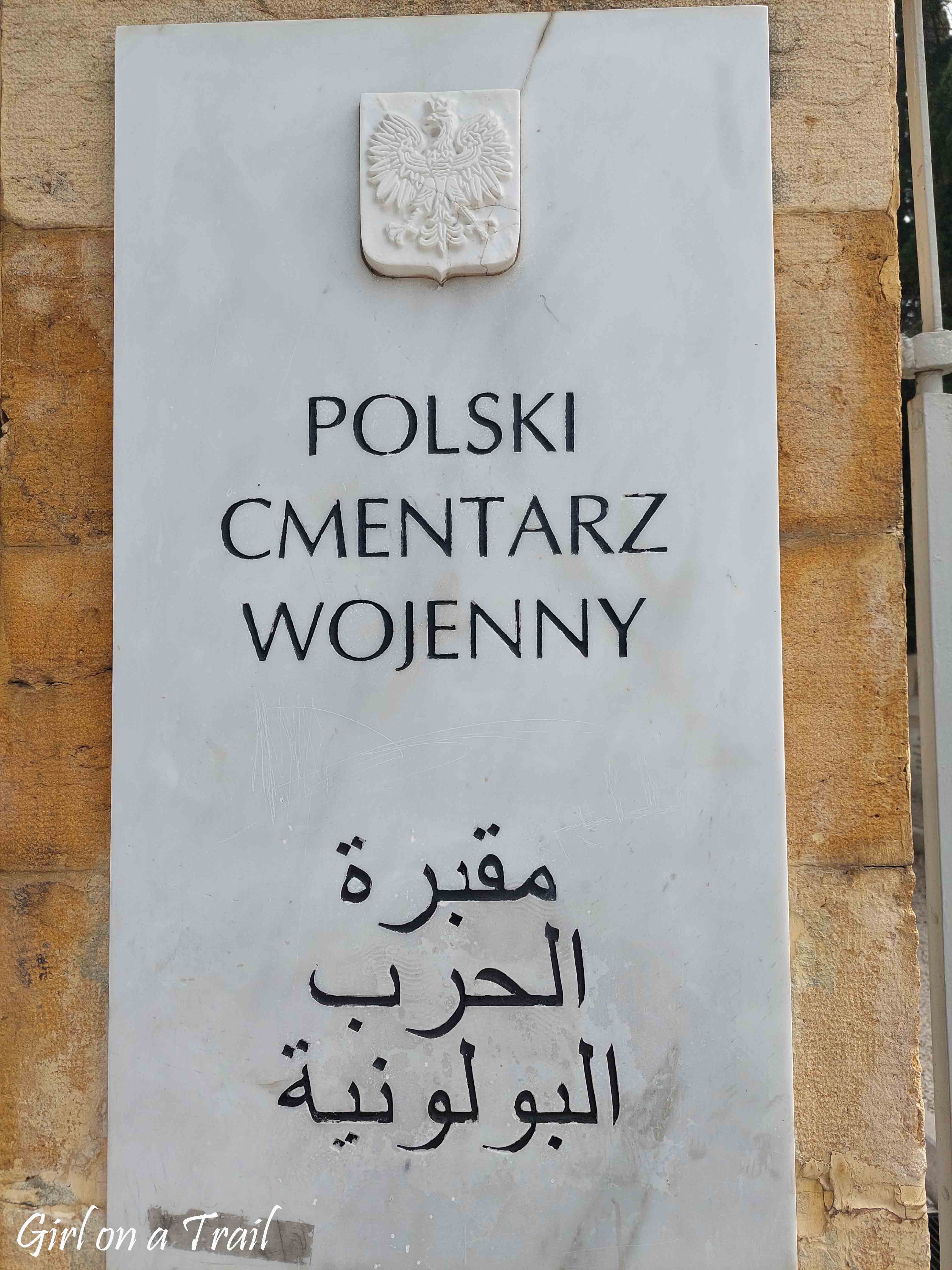
Lebanon has been a place inhabited by both Christians and Muslims for centuries. In order to ensure equal treatment of all citizens, in 1943, based on the 1932 census, a special political system was developed. It was based on the religious key. The president was a Maronite (Christian), the prime minister a Sunni Muslim, and the head of the paliament a Shiite. While in the 1940s Christians accounted for 55% of Lebanon’s total population, over time the situation changed dramatically. With the outbreak of the Israeli-Palestinian conflict, many refugees from Palestine began to arrive in Lebanon. Dissatisfaction with the unequal distribution of power and the lack of consent to conduct another census was the cause of the outbreak of a bloody civil war that lasted from 1975 to 1990. During the war, Beirut was divided into a Muslim eastern part and a Christian western part, while the central part of the city separating them became virtually no-man’s land. The demarcation line, also known as the Green Line, ran, through Martyr’s Square with a characteristic statue commemorating Lebanese patriots fighting against the rule of the Ottoman Empire. To this day, numerous bullet marks can be seen on the monument.
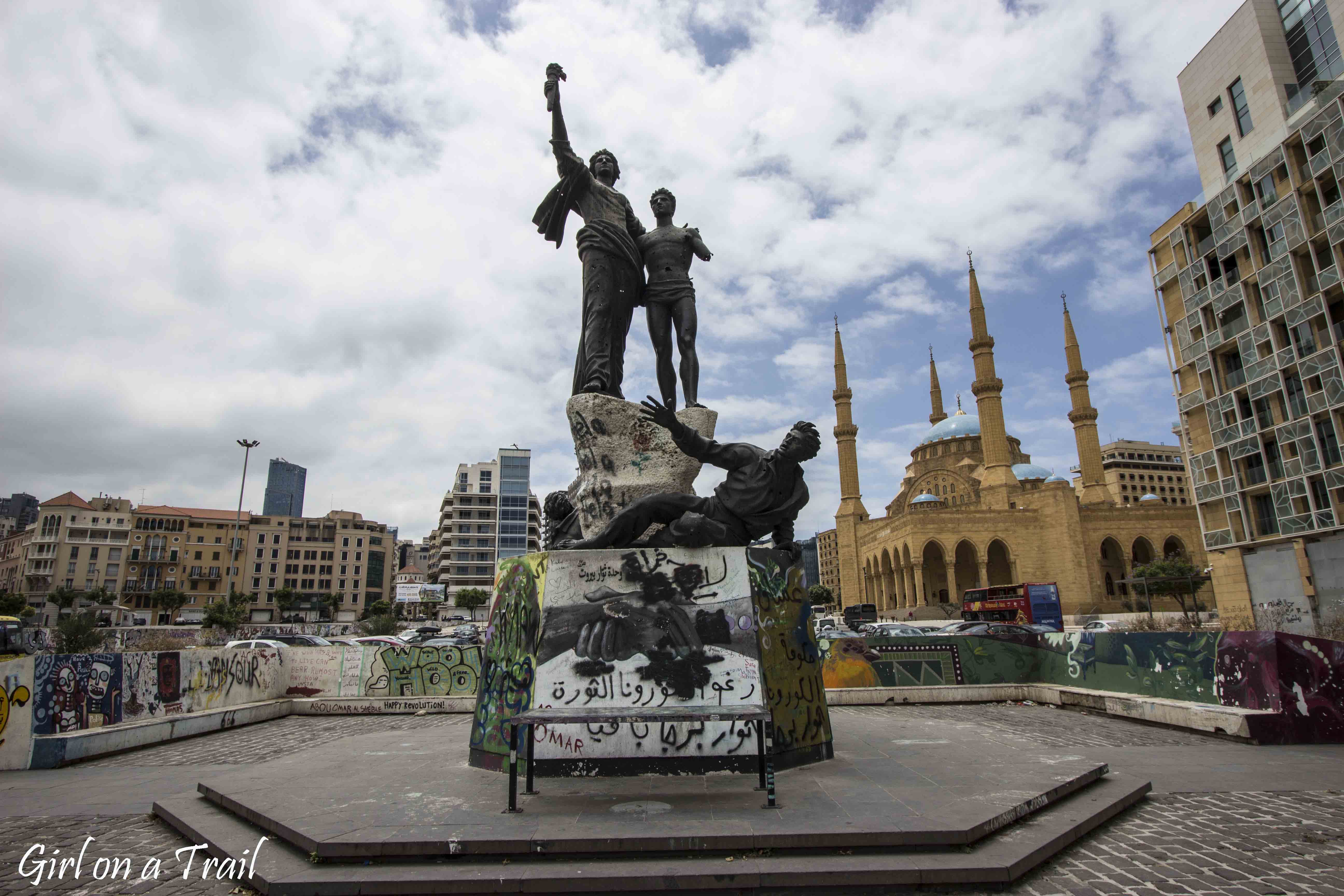

After the war, the great reconstruction of Beirut began, the city was modernized and regained its status as a tourist and cultural center of the Middle East. Not without reason it was called “European gateway to the Middle East” or “Paris of the Middle East”. The multicultural and multi-religious nature of the capital of Lebanon is particularly reflected in the architecture, the Arab buildings interestingly blend with the European ones. A characteristic building located right next to Martyr’s Square is the Mohammad Al-Amin Mosque (blu Mosque).
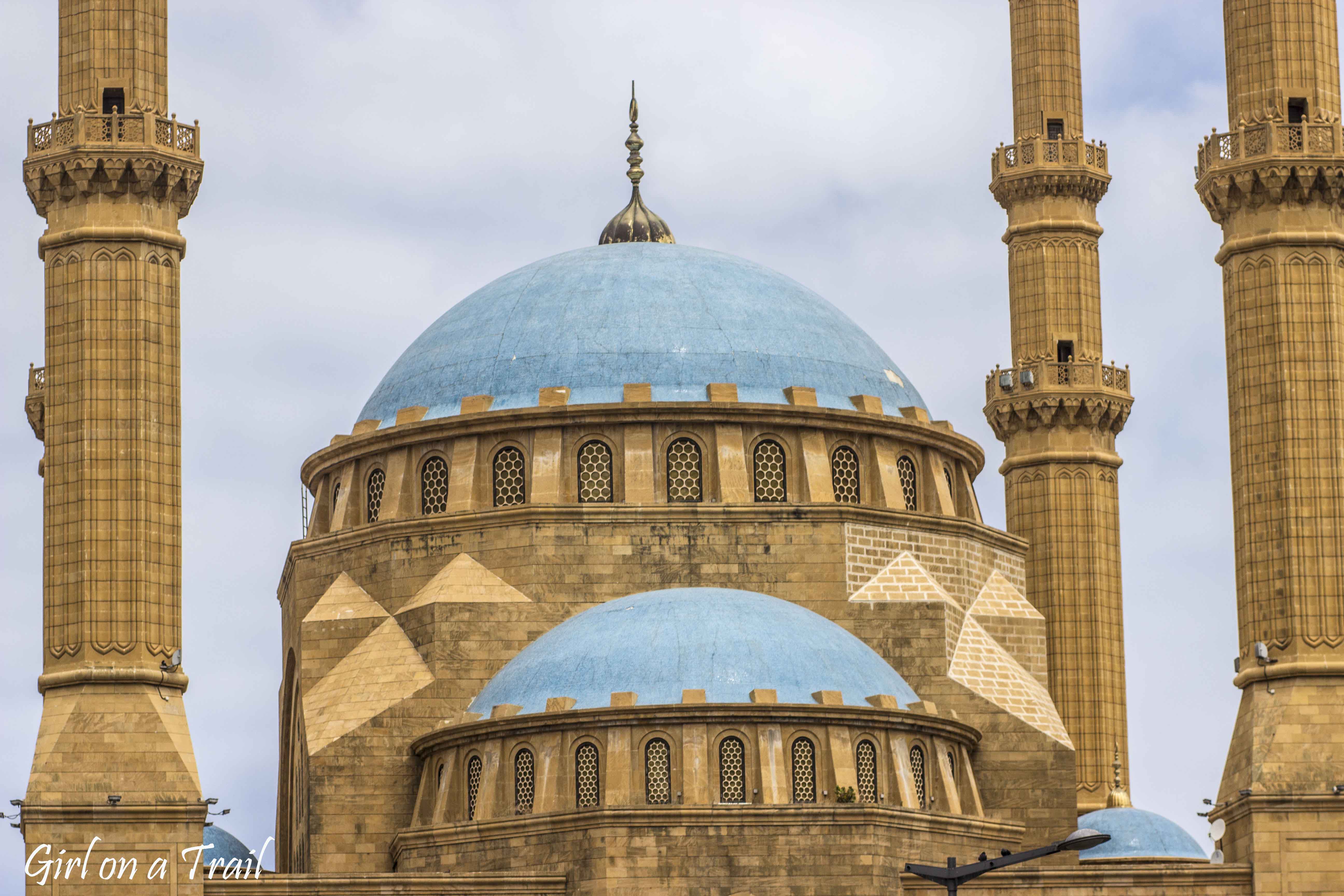
In the background of the mosque there’s an interesting construction, so-called the Egg. The abandoned building resembling a spaceship is the result of the unfinished construction of the cinema.

The cosmopolitan, multicultural character of Beirut is emphasized by the Maronite (Christian) Cathedral of St. George, located right next to the mosque. It is adjacent to the columns remembering the times of the Roman Empire.
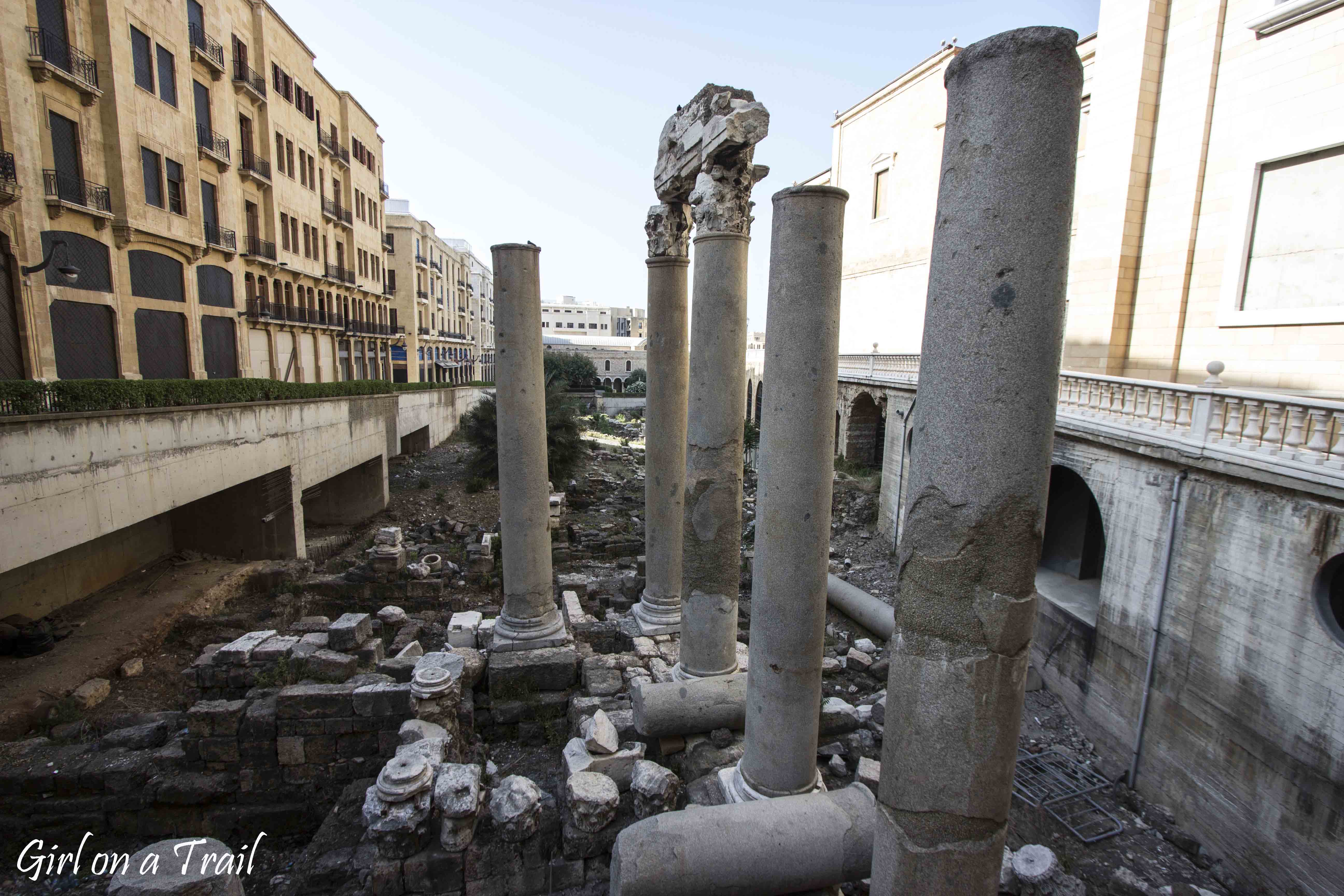
A completely different atmosphere of the city can be felt in Bourij Hammoud (Little Armenia). As you can guess, this part of the city is inhabited mainly by people of Armenian origin.
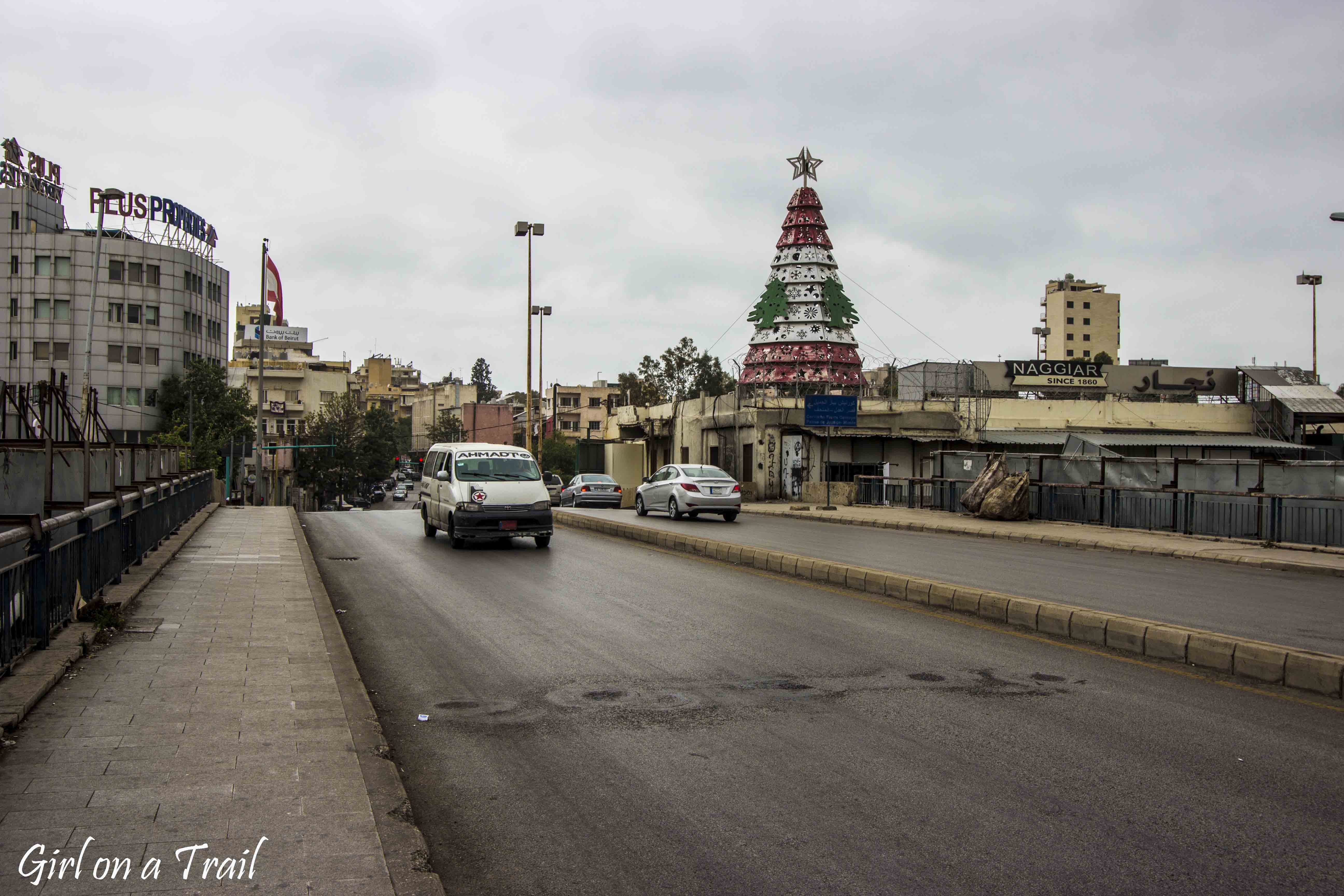
However, walking through the streets of Beirut, you can still see numerous checkpoints and barricades. Both the city and the country are still divided and the political situation is very tense.

Beirut is also a paradise for urbex lovers, numerous abandoned buildings remind not only of the turbulent history but also testify to the current problems faced not only by Beirut, but all of Lebanon
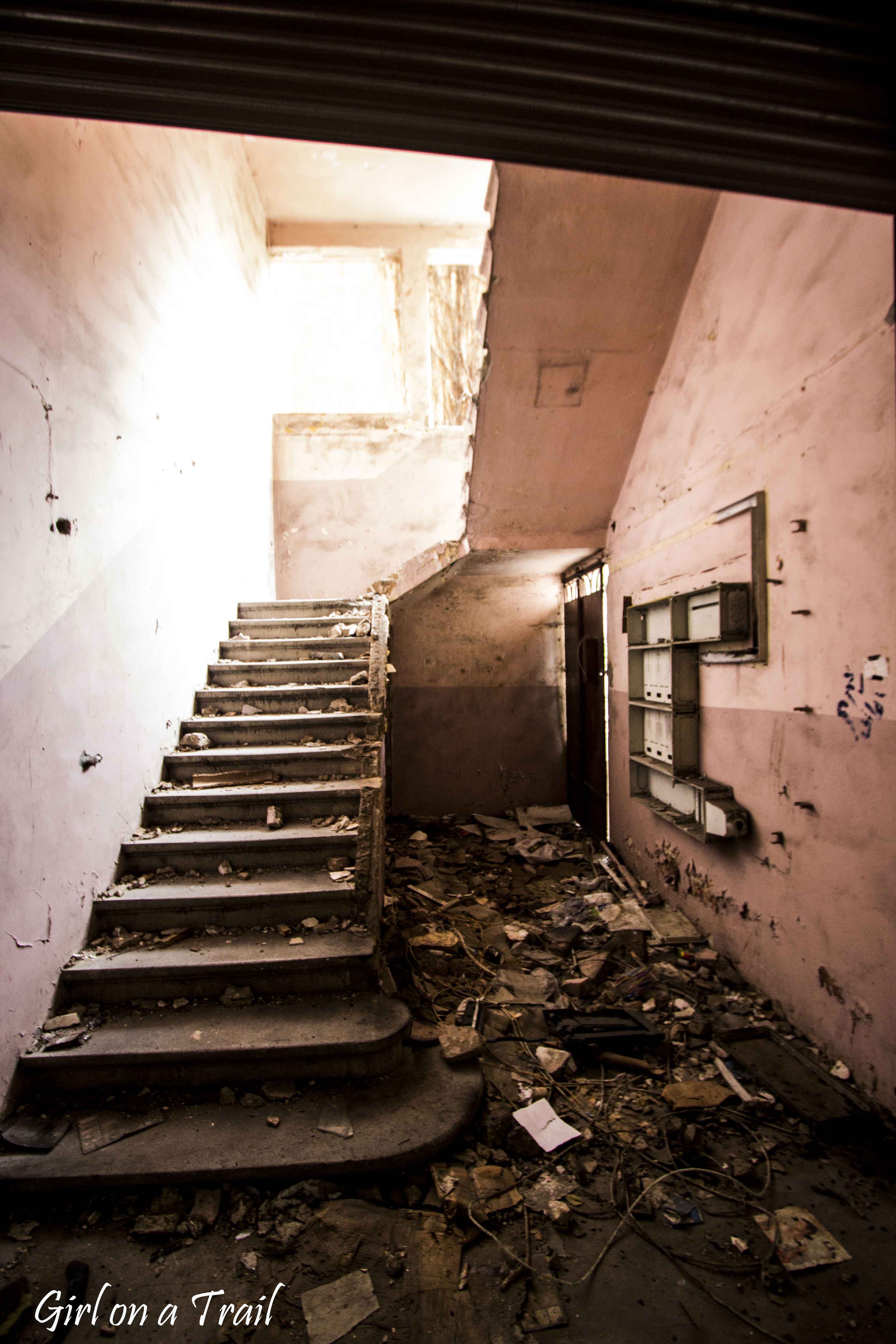
One of the most interesting places is the palace located near the city center. I will write more about it soon in a separate post about abandoned places in Lebanon.

It would seem that Beirut had experienced enough, but on August 4 2020, another tragedy occurred. A huge explosion of ammonium nitrate stored in the port killed hundreds of people and ruined a large part of the city. The explosion was so powerful that it razed a large part of the port to the ground, and its rumble could be heard in Cyprus, located more than 200 km from Lebanon.
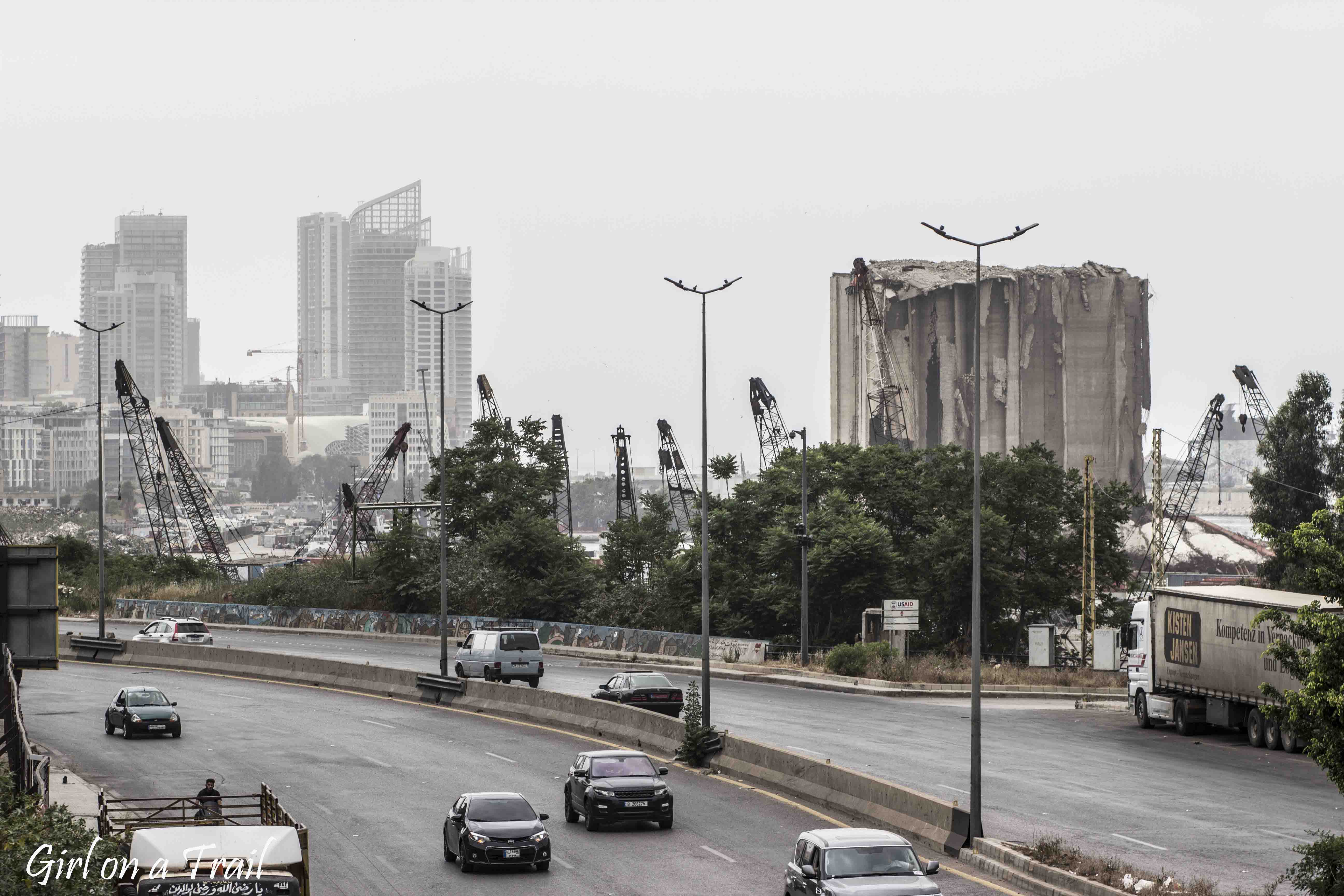
In addition, it accelerated the collapse of the Lebanese economy, apart from numerous economic problems, Lebanon was also struggling then with the COVID-19 pandemic. The port was a key import point for Lebanon, and the silos located nearby held most of Lebanon’s grain stocks.
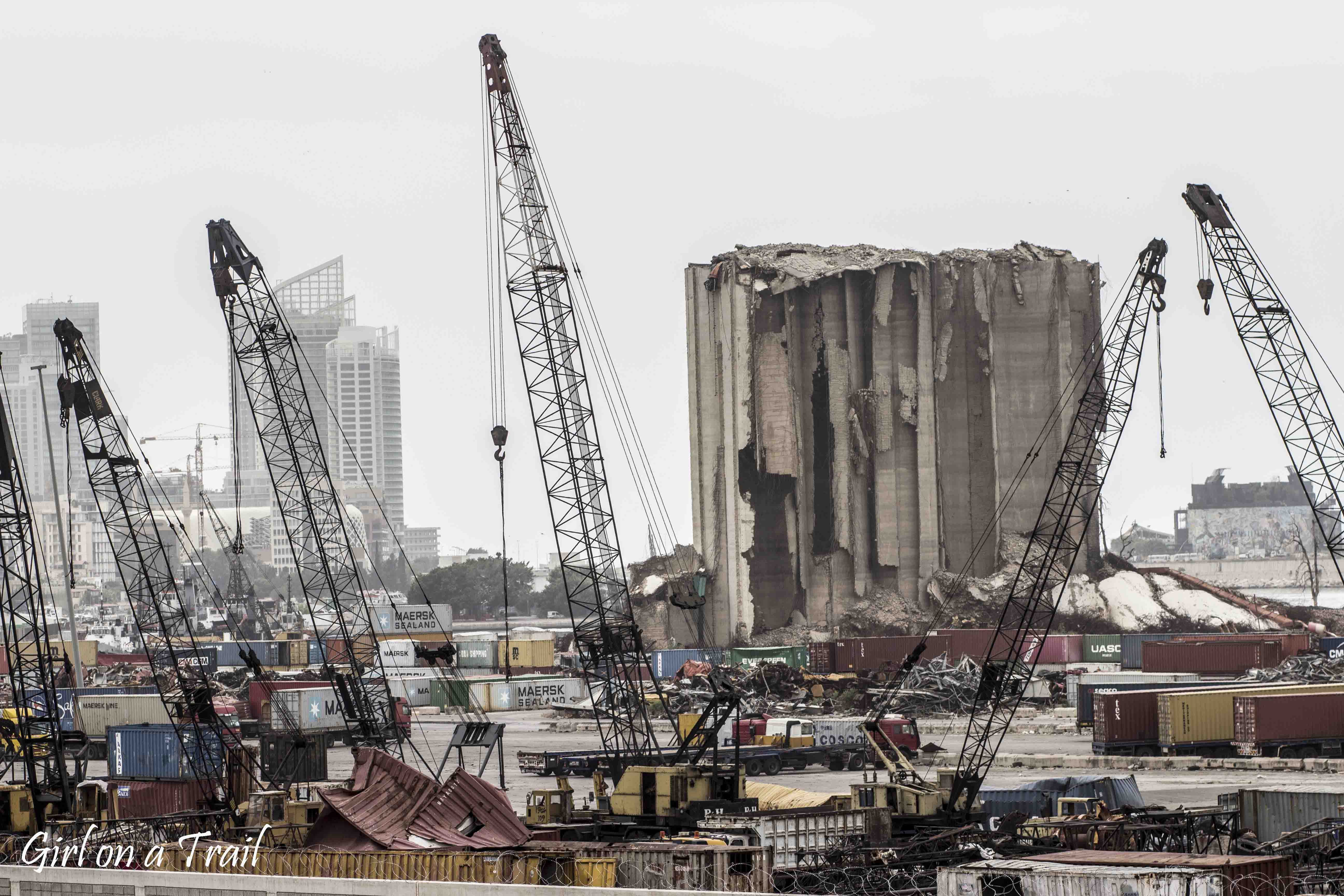
The tragedy sparked numerous protests among the Lebanese, ammonium nitrate was stored in the port for 6 years, without proper protection.
Beirut is a city that is said to rise like a phoenix from the ashes. In fact, in the vicinity of the port, it’s hard to see traces of the explosion. Only silos and a sculpture, made of steel recovered from the ruined port, remind of the tragedy.
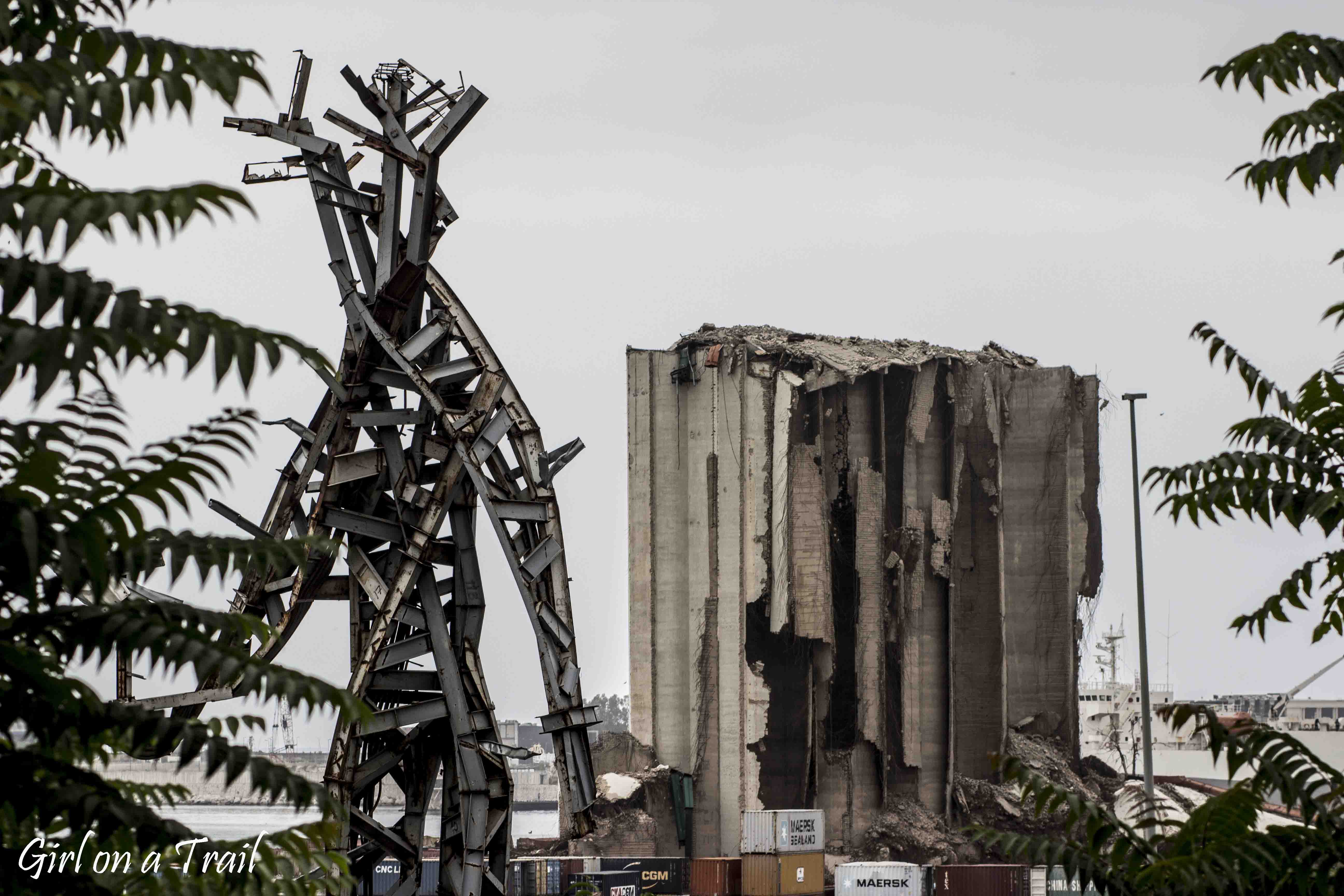
However, the most moving are the photos of people who died during the explosion. They can be seen on a small wall separating the port from the main road.
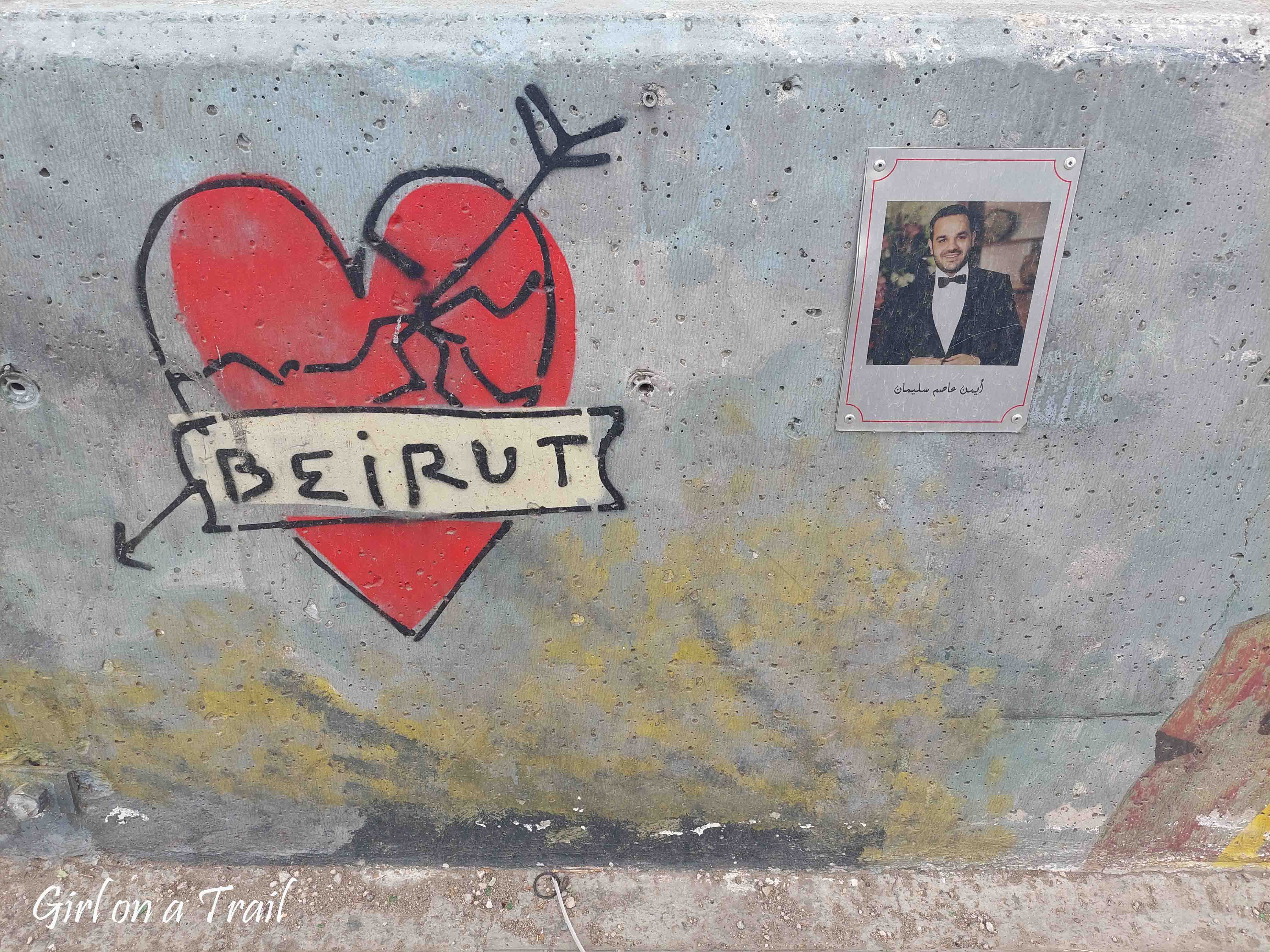
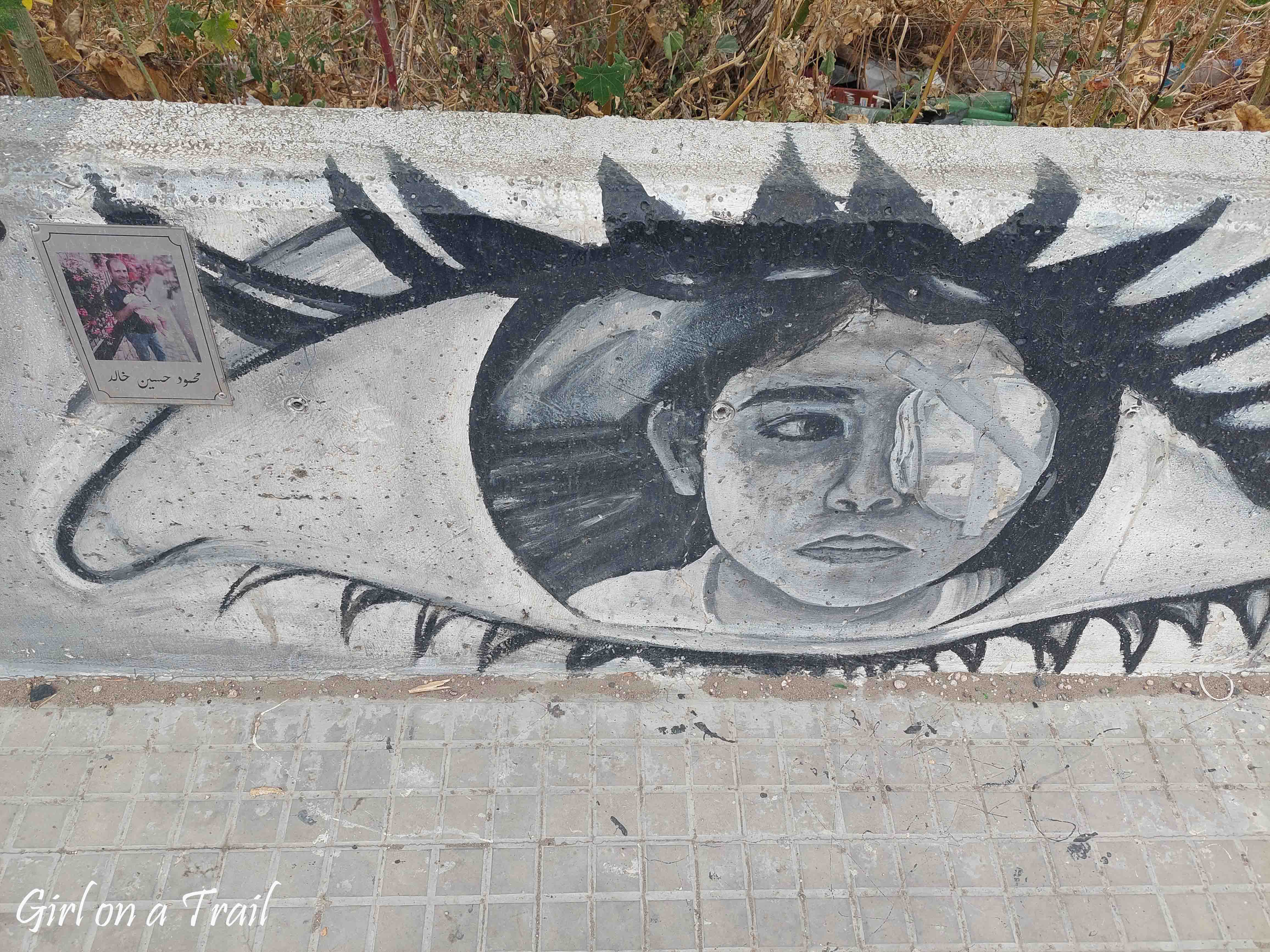
Despite all these tragedies, Beirut is still a vibrant city. An ideal place for an evening walk is the promenade, which offers an amazing view of the Mediterranean Sea.

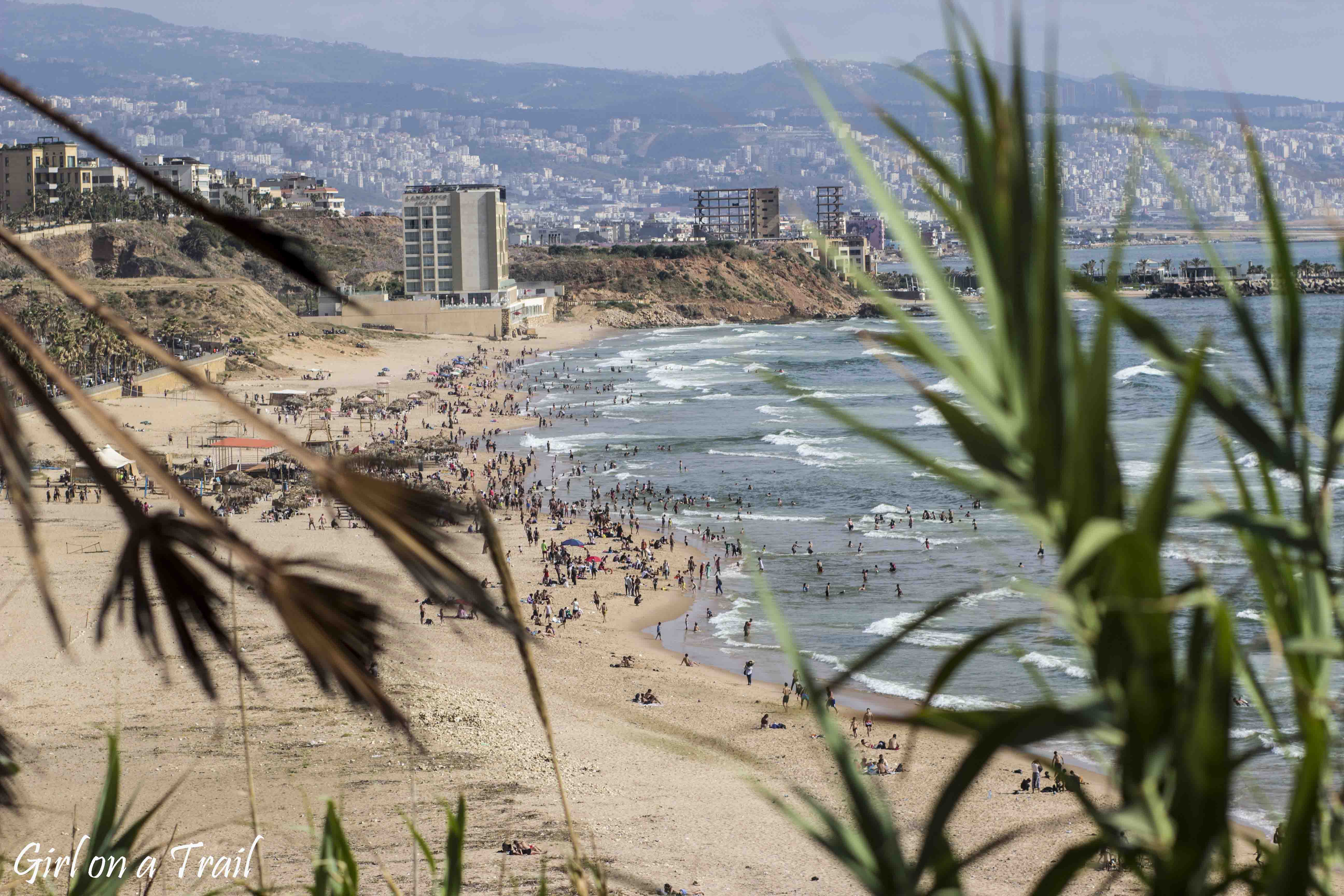
Here is also the symbol of Beirut “Pigeons’ Rock” or Rock of Raouché – two rocks, which are a reminder of the earthquake that took place in the area in the thirteenth century.
